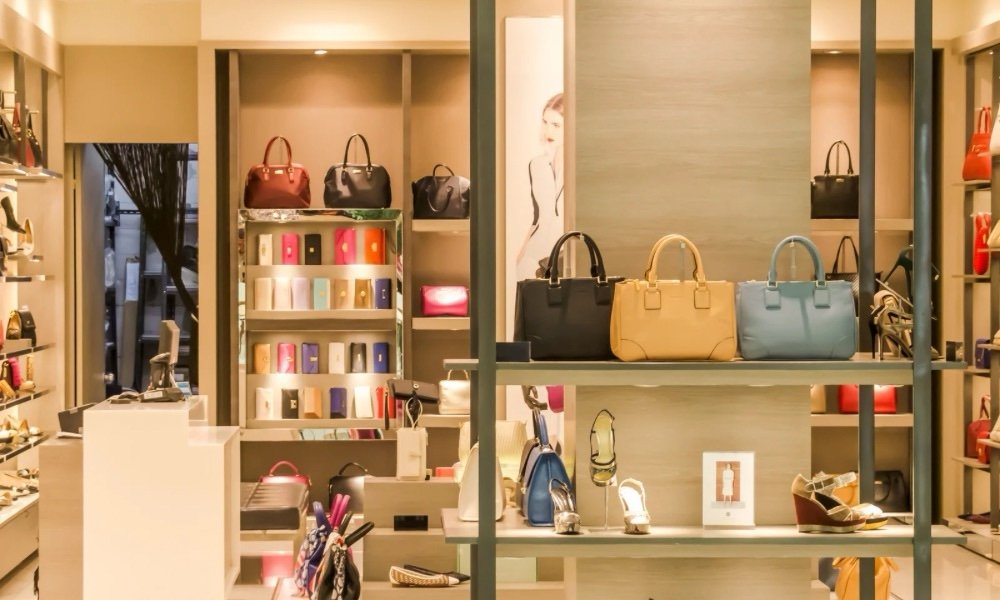The 6 Types of Luxury Consumers Today

Managing Director at LUXONOMY™ Group Middle East
The luxury goods and services market has undergone a significant transformation over the past decades, driven by globalization, technological advancements, and changing consumer preferences. Today, luxury consumers are not a homogeneous group; instead, they encompass a wide variety of profiles that respond to different motivations and lifestyles. Below, we explore the main types of luxury consumers that exist today.
1. Traditional Millionaires
Characteristics:
- Age: Generally over 50 years old.
- Source of Wealth: Inheritance or established businesses.
- Preferences: Classic and traditional brands.
- Buying Behavior: Value exclusivity and quality over fashion. Prefer physical stores and personalized experiences.
Examples:
- Preference for watches from brands like Patek Philippe or Rolex.
- Acquisition of real estate in iconic locations.
2. The New Rich
Characteristics:
- Age: Mainly between 30 and 50 years old.
- Source of Wealth: Entrepreneurship, investments in technology or emerging industries.
- Preferences: Modern and exclusive brands.
- Buying Behavior: Seek innovation and are willing to experiment with new brands and products. Value speed and convenience in shopping, including online platforms.
Examples:
- Purchase of luxury electric cars like Tesla.
- Interest in fashion products from contemporary and exclusive designers.
3. Millennials and Generation Z
Characteristics:
- Age: Between 20 and 40 years old.
- Source of Wealth: Varies, from professional income to family funds.
- Preferences: Brands that reflect their personal values such as sustainability and ethics.
- Buying Behavior: Prefer online shopping and immersive experiences. Attracted by digital marketing and social media.
Examples:
- Purchase of luxury clothing from brands committed to sustainability like Stella McCartney.
- Investment in luxury experiences, such as personalized and exclusive travel.
4. Status-Conscious Consumers
Characteristics:
- Age: Varies widely.
- Source of Wealth: Diversified.
- Preferences: Products that clearly demonstrate status and prestige.
- Buying Behavior: Prefer brands that are globally recognized for their luxury and exclusivity. Brand visibility and recognition are crucial.
Examples:
- Purchase of handbags from brands like Hermès or Louis Vuitton.
- Use of high-end jewelry that is easily identifiable.
5. Experiential Consumers
Characteristics:
- Age: Mainly between 30 and 60 years old.
- Source of Wealth: Professional or business income.
- Preferences: Unique and unforgettable experiences.
- Buying Behavior: Prefer to spend on exclusive travel, fine dining, and private events. Less focused on tangible products and more on experiences.
Examples:
- Reservations at Michelin-starred restaurants.
- Travel to exotic destinations with personalized itineraries.
6. HENRYs (High Earners, Not Rich Yet)
Characteristics:
- Age: Generally between 25 and 40 years old.
- Source of Wealth: Professionals with high income but without significant wealth accumulation.
- Preferences: Accessible luxury brands and products that offer good value.
- Buying Behavior: Seek to balance luxury with rational spending. Prefer items that offer quality and durability.
Examples:
- Purchase of high-end technology such as smartphones and luxury gadgets.
- Fashion and accessories from more accessible luxury brands like Michael Kors.
The contemporary luxury market is marked by a diversity of consumers who have different motivations, preferences, and buying behaviors. Understanding these differences is crucial for luxury brands seeking to capture the loyalty and interest of these diverse segments. From traditional millionaires to young HENRYs, each group presents unique opportunities and challenges for the luxury industry.
Share/Compártelo
- Click to share on LinkedIn (Opens in new window) LinkedIn
- Click to share on WhatsApp (Opens in new window) WhatsApp
- Click to share on Facebook (Opens in new window) Facebook
- Click to share on X (Opens in new window) X
- Click to share on Threads (Opens in new window) Threads
- Click to email a link to a friend (Opens in new window) Email
- Click to print (Opens in new window) Print
- More
Related
Discover more from LUXONOMY
Subscribe to get the latest posts sent to your email.




















